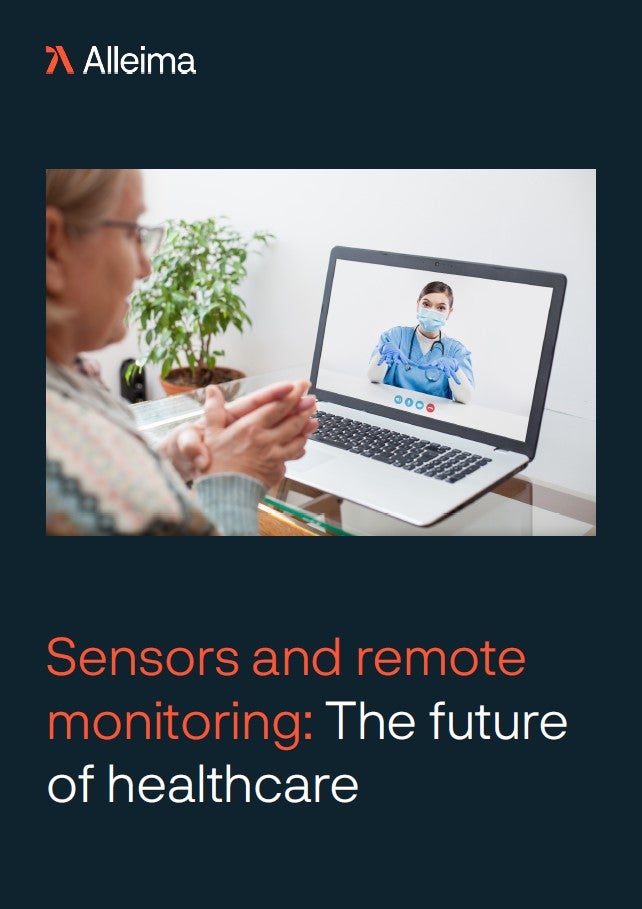
Robot-assisted brain surgery is a significant milestone in neurosurgery, offering unparalleled precision, reduced invasiveness, and improved patient outcomes. As medical technology continues to evolve, robotic systems are becoming integral to performing complex brain surgeries, transforming how neurosurgeons approach delicate and high-risk procedures.
According to GlobalData, approximately 70-80 surgeons are trained to perform mechanical thrombectomies in the UK. Yet only around 10% of patients needing urgent clot removal have the procedure. This is largely due to the lack of operators and locations where this can be performed. With robot surgery, neurosurgeons will be able to perform these procedures remotely, significantly increasing accessibility for patients regardless of their location.
The robotics market across all therapeutic areas was worth $63bn in 2022 and is forecast to grow at a compound annual growth rate (CAGR) of 17% to $218bn by 2030. This growth is bolstered by continued innovations, such as the two-armed, joystick-controlled neurosurgical robot currently being developed at Boston Children’s Hospital.
Treatment areas for robotic neurosurgery
The human brain is an extraordinarily complex and delicate organ, and even the slightest error during surgery can have significant consequences. Robotic systems offer sub-millimetre accuracy, allowing surgeons to confidently navigate the intricate structures of the brain. This level of precision is particularly beneficial in procedures such as tumour resection, deep brain stimulation (DBS), and epilepsy surgery.
Tumour resection is one of the most common applications of robotic-assisted brain surgery. Removing brain tumours requires meticulous planning and execution to ensure that as much of the tumour as possible is removed while preserving surrounding healthy tissue. Robotic systems assist neurosurgeons in accurately mapping the tumour and planning the optimal surgical approach. During the procedure, the robotic system provides real-time feedback and precise control, enabling surgeons to remove the tumour with minimal impact on adjacent brain structures.
DBS involves the implantation of electrodes in specific areas of the brain to treat neurological conditions such as Parkinson’s disease, essential tremor, and dystonia. The success of DBS depends on the precise placement of electrodes, which is where robotic systems excel. Robots guide the electrodes to their target locations with exceptional accuracy, improving the effectiveness of the treatment and reducing the risk of complications.
For patients with drug-resistant epilepsy, surgical intervention may be necessary to remove or disconnect the brain areas responsible for seizures. Robotic-assisted techniques enable surgeons to perform these procedures with greater precision, targeting the seizure focus while minimising damage to surrounding brain tissue. This precision is crucial for reducing seizure frequency and improving the quality of life for epilepsy patients.
Medical device precision and minimally invasive surgery
The minimally invasive ability of robotic-assisted neurosurgery means that patients experience less trauma, reduced scarring, and quicker recovery times compared to traditional open surgeries.
Minimally invasive surgery requires ultra-fine wire components, which can only be manufactured with precision cutting and wire grinding capabilities that most medical device manufacturers do not have in-house. Other property requirements of the materials include biocompatibility, flexibility, insulation, lubrication, and fatigue resistance.
Alleima is an industry leader in designing and developing medical wire-based components based on extensive experience in metallurgy and process development. Working with more than 200 alloys, Alleima is a one-stop shop specialising in the optimum materials and configurations. Alleima’s wire-based components are used for a variety of applications, including neurostimulation, and have been used for DBS procedures worldwide.
To find out more about Alleima’s capabilities, visit their website



